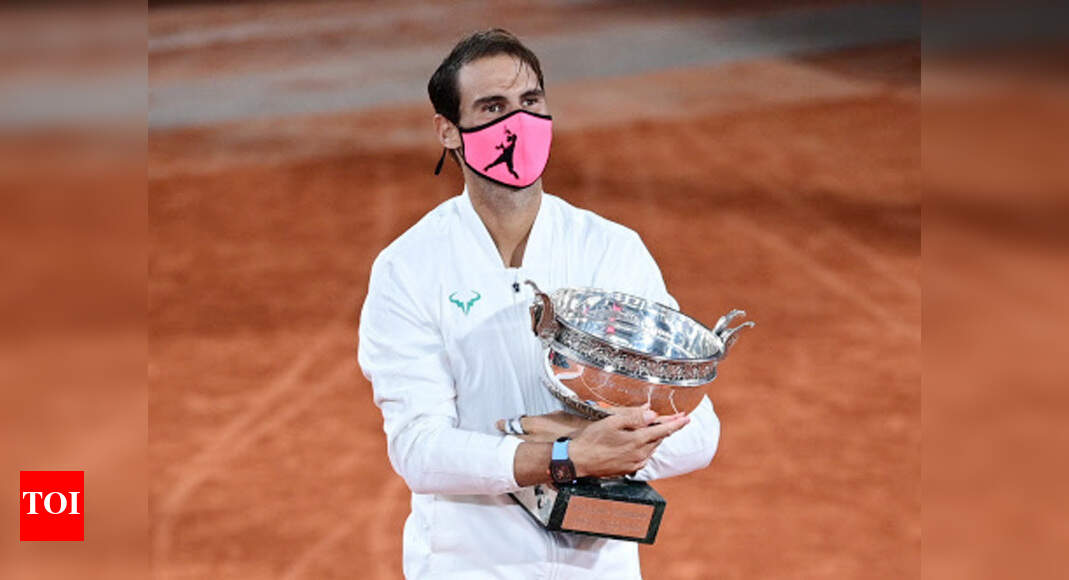PARIS — The French Open distinguishes itself as potentially the last major tennis tournament where human line judges still preside. While other Grand Slams are rapidly embracing electronic line calling (ELC), organizers at Roland Garros seem determined to preserve the human element for as long as possible.
Disputed points are a regular occurrence on the clay courts here. The familiar ritual unfolds: a call is challenged, the player protests, the umpire descends from their chair, the player points to the ball mark with their racket, and the umpire renders the final judgment. This often adds a touch of drama and can sometimes lead to a reversed call, though not always, as observed when Mirra Andreeva expressed frustration after a call against her in a recent match.
The trend towards ELC is accelerating across the tennis world. Wimbledon is implementing electronic line calling this year, eliminating human line judges. The Australian Open adopted this technology in 2021, followed by the US Open in 2022. This leaves the French Open as the sole remaining major tournament still relying on human officials to call the lines.
However, the integration of ELC on clay surfaces has presented challenges. Some tournaments using the technology have experienced issues where the electronic system`s reading didn`t match visual perception. Alexander Zverev famously questioned an ELC call in Madrid, even photographing a ball mark he believed was clearly out despite the system calling it in. He voiced his dissatisfaction, noting that errors of several centimeters seemed unacceptable. The ATP later commented on the difficulty in precisely reading marks on the dynamic clay surface.
Yet, relying on human officials is not without its own controversies. Aryna Sabalenka, for instance, photographed a call during a match in Stuttgart because she felt a ball marked out was actually in. While acknowledging that officials can make mistakes, she suggested that they should have the courage to admit errors and correct calls when necessary.
Recognizing the complexity, governing bodies and stakeholders in tennis are producing educational videos explaining why interpreting ball marks on clay is difficult and how human vision can be deceived. Casper Ruud mentioned the Zverev incident and other instances, suggesting ELC on clay needs refinement, but found the official explanations about the process helpful.
Despite growing calls for uniformity and technology, French Open leadership, represented by FFT President Gilles Moretton, remains hesitant. Moretton cited the difficulties seen with ELC on clay at other events as a reason to continue with human line judges, emphasizing their role as ambassadors for the sport. He stated that Roland Garros intends to keep human officials as long as players are in agreement, only potentially shifting if players unanimously demand ELC and refuse to play without it.
Player sentiment, however, appears increasingly divided. Novak Djokovic acknowledged the tradition of human line judges but stated a personal preference for technology due to its perceived accuracy, efficiency, and reducing the number of people on court.
Coco Gauff also supported the use of available technology, expressing a preference for playing on courts where decisions are made by the “robots,” although she isn`t actively campaigning for the change. Casper Ruud reinforced his view, believing ELC functions effectively and has a smaller margin of error compared to human calls.
Conversely, some players, particularly from the French contingent, still favor human officials. Gael Monfils echoed Arthur Fils` earlier stance, expressing a fondness for the traditional methods he grew up with. Stefanos Tsitsipas also advocated for human judges, viewing the ability to review ball marks as a unique and special characteristic of clay-court tennis, despite acknowledging that ELC and AI represent the future of officiating.
For other players, like Aryna Sabalenka, the mixed experiences with both systems have led to confusion. Having dealt with controversial calls from both a human referee in Stuttgart and the electronic Hawk-Eye system in Rome, she admitted she was genuinely unsure which method she ultimately preferred.
It is likely that over the coming two weeks at Roland Garros, a significant, match-altering call will occur, further fueling the debate around ELC and potentially increasing the call for standardization across all four Grand Slams. The French Open seems committed to resisting the push towards automation, but the question looms: how long can they maintain this position?

